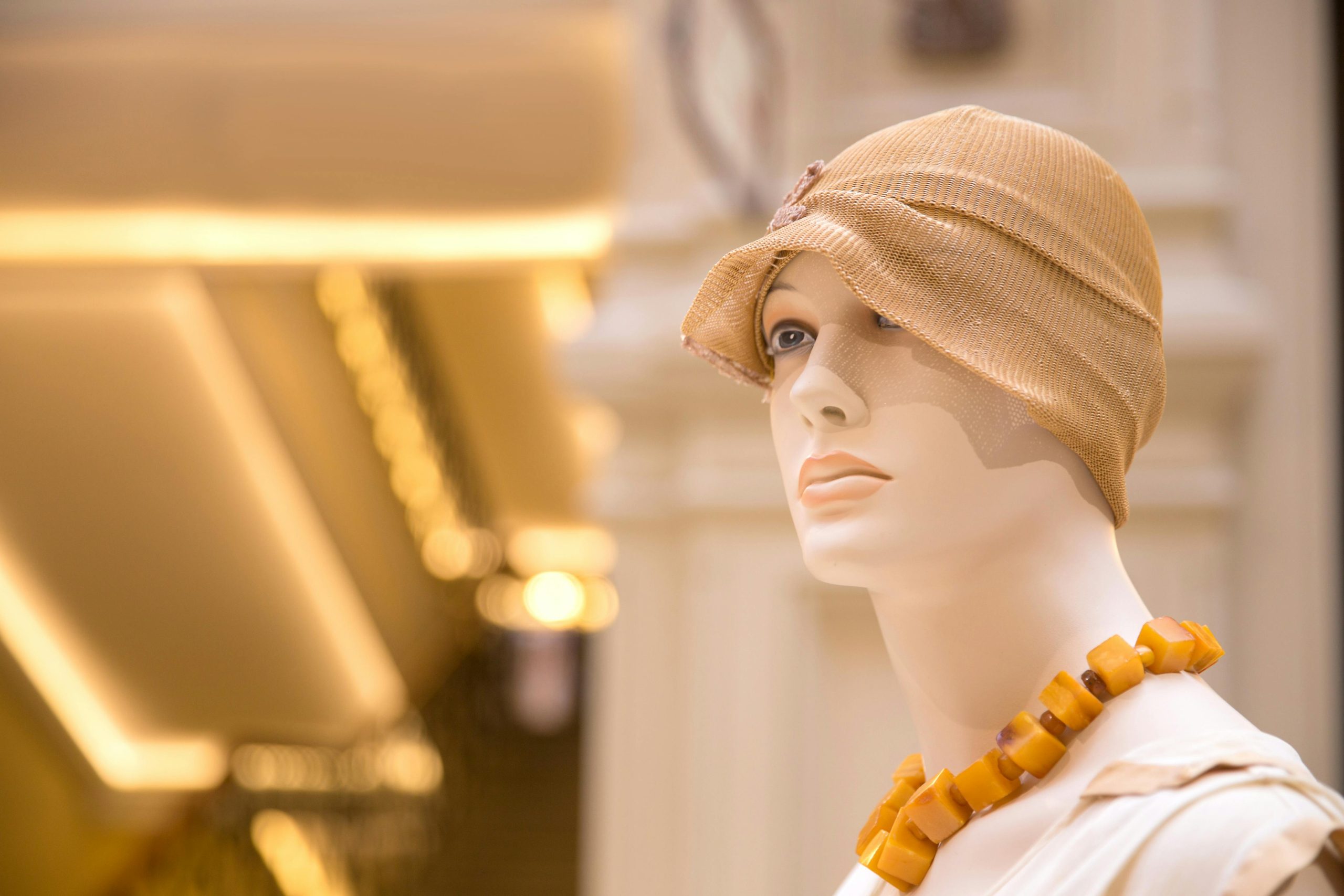Fashion is quite a subjective content. What one may feel trendy, the other may view it with no interest. Every year fashion designers and design houses come up with emerging trends after spending a considerable time on forecasting. Yet, it is no guarantee that the entire lot becomes successful as a global phenomenon. Then, how does one understand the nature of fashion? It is best understood by the life cycle that makes or breaks a trend.
Fashion cycle simply means the way in which fashion changes. It is usually represented by a bell-shaped curve that comprises of five stages,
1. Introduction
2. Rise
3. Peak
4. Decline
5. Rejection
Let us know try and understand every stage of this life cycle.
The introduction of a style
All the research and trials of ideas translate into styles and accessories that are then presented to the world. This is the stage where the creations are termed as ‘latest’ fashions and do not guarantee unanimous acceptance. This newness and style comes at the cost of high price. The works of reputed designers are backed by financial aid, materials required and also in terms of manpower in some instances. The production cost is obviously very high and these creations are afforded by a handful of people. This makes the production a small-scale viability, but will give the creator a lot of freedom and choice to experiment/
The rise in popularity
In this stage, the latest fashion gets a nod from many a people, compelling them to buy, wear and display them in public. Couture designers try to sell their creations at a much lesser price and thus end up selling larger quantities. This rise in popularity will go much higher during imitations and adaptations, thereby making the designers to modify a highly popular style and satiate the needs and price ranges of their customers. Other manufacturers may copy the trend with a less expensive fabric and detailing to sell them at a much lesser price.
Peak of popularity
The demand created for a particular fashion may be so high that it may compel the manufacturers to copy and produce the designs at varying price ranges. The result could be flattery or resentment. This creates a thin line between adaptations and knock-offs. If a fashion has to be mass produced, it must have a chance of mass acceptance. Thus, the manufacturers make a comparative study if the sales trends and forecasts thereby gauging the interest of their customers.
Decline in popularity
Gradually lot of fashion gets mass produced, people get bored of the recurrence and look out for the next new thing. Consumers would still prefer wearing that style, but not at the same price. Retail stores put such declining styles on sale racks, hoping to make room for new merchandise.
Rejection of a style
This is the last stage of fashion cycle and also the time of a new trend beginning to emerge. This creates disinterest in the minds of the customers and hence the trends are prone to rejection or discarding of a style, which is termed as customer obsolescence.




